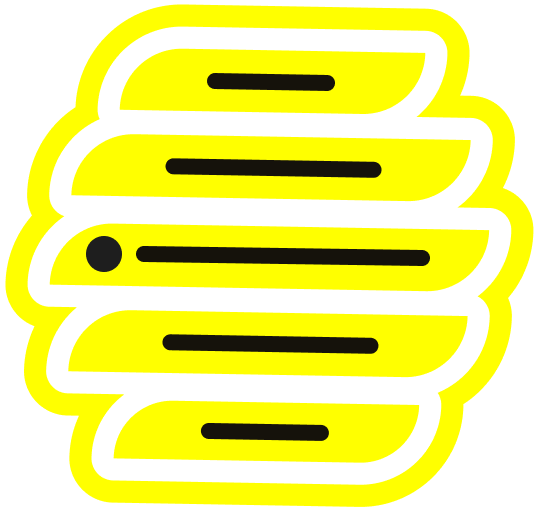How to validate and build your B2B SaaS
Chances are you're a founder of a service business or you’ve built an audience of buyers elsewhere and you wonder how to turn your idea into SaaS and monetise it (and whether it worth it at all).
Here's the most effective process to build your B2B SaaS today.


Disclaimer: I’m a tech CMO (ex CTO) in a startup studio where we’re worked with dozens of successful founders and built literally hundreds of mvps during the 14 years
What idea to monetise and when to build?
There are 2 prerequisites to build a successful B2B product: audience + process (or data).
B2B means that you sell services to companies. So first you need to get an audience — the network of people who already trust you and ready to buy your service.
Your product is rather a part of your business processes or the data that you collected along the way (or acquired).
Here are some examples of what data you can productise and monetise:
Internal Document / SoP
Project Template, Project Calculator
Services that you're doing manually for clients
List of service providers in specific niche with categorised data
Your niche market research
AI prompt to process specific data in your niche
Once you see that some piece of your internal process or doc is interesting for a group of buyers, it’s your sign to invest into building it.
How to build a product?
Here's a step-by-step process:
Launch a landing page with a simple value proposition. No need to use flashy design and animations, use simple tools and single-page template. Keep the pitch as simple and straightforward as possible, talk to your specific customers. Set call to action to "book a call" or to "join waitlist". Share this link as much as you can but only when it makes sense and you can provide value (don't spam)
Design a UI/UX prototype in Figma. Focus 1 core workflow and keep the scope as tiny as possible. Ideally use design components from the dev libraries, so it'll be easier to build later. You'll need to hire for that role, but if you keep your requirements clean and add some mockups/examples you can get the full design in just in about a day!
Show prototype to your potential customers, include the pieces on your landing page and refine. Listen to their concerns and check how well they understand your pitch. Iterate fast through design and concepts, not code
Once you see that idea is clear to people and landing page convert it's the best sign to build it. It will take some time to get some clarity so be ready to put the work. If you can charge clients at this point it's the perfect so you guarantee delivery
Set the strict deadline to build in 3 weeks max based on the design prototype and 1 core workflow that your validated with customers and promoted. Announce the release date to your potential customers
Ask your tech contractor to show you demo with the progress at least weekly to monitor the progress. This is very important to see constant updates. Use async tools like Loom to save time on calls and reuse content
You'll likely discover lots of small things and gaps along the way. Whatever you find out, save requests for the future release but don't shift the release date. It's easy and dangerous to overwhelm yourself with too much features to build because everything seems to be required
Add analytics to the website and app, track your visitors, signup conversions and "value actions". You must have a visibility into your product and monitor numbers to grow
References: build timeline: <1 month; budget: <$10k
Recommended tech stack: NextJS+React, MongoDB/Supabase, Tailwind/ShadCN, OpenAI, Vercel/Cloudflare/DigitalOcean/Render, Posthog. Website: Framer, Webflow or Momentum Page
Bonus tip: you likely heard that AI can "do it all" now. But it's not. AI is a wonderful and useful tool, but not the complete replacement of any tech role. If you use AI on a basic level you'll be too generic and it will turn buyers off. But true, if you master AI you'll be much more productive.
How to distribute your product?
Distribution is a huge and very important topic on it's own. There's no sales without distribution, so start with customers in mind (as I suggested in the very beginning of the validation process).
Your first customers should be ready before the product is built so you have audience to sell or at least test your product. Getting first customers is a huge turning point, as now you can create case studies and promote your offer with social proof.
So first of all, sign your existing clients to the tool. Give them generous discounts as early adopters if it opens the opportunities. You need to overdeliver early to gain the trust. Polish your offer so it's very simple for people to understand what exactly they're paying for and how it compares with their current way of doing things.
Other than that, few good channels are: socials (linkedin/twitter/fb groups), hyper-personalised outreach, affiliates, partnerships and ads.

